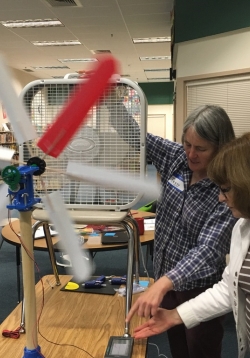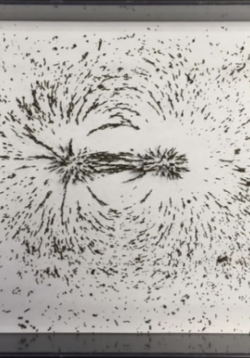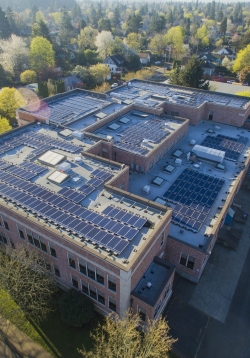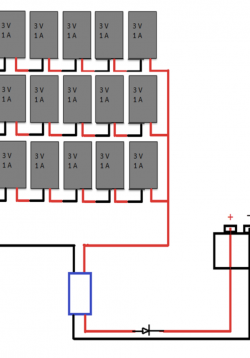Creating the Most Effective Solar Heater
This part can be staged as a competition or simply a personal challenge to beat the standard solar heater created in part 1. During this stage of the lesson students are asked to analyze data and results from part 2 and identify which characteristics of a...










